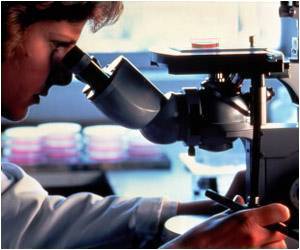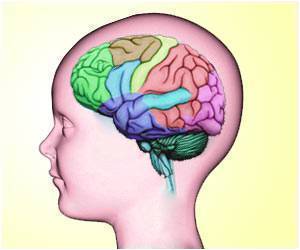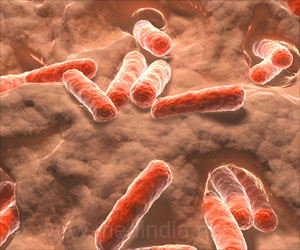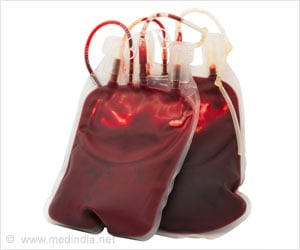A new 3D food printer can fabricate edible items through computer-guided software and the actual cooking of edible pastes, gels, powders and liquid ingredients.

‘A new 3D food printer can fabricate edible items through computer-guided software and the actual cooking of edible pastes, gels, powders and liquid ingredients.’





"Food printers are not meant to replace conventional cooking as they won't solve all of our nutritional needs nor cook everything we should eat," said Lipson. But they will produce an infinite variety of customized fresh, nutritional foods on demand, transforming digital recipes and basic ingredients supplied in frozen cartridges into healthy dishes that can supplement our daily intake.
"I think this is the missing link that will bring the benefits of personalized data-driven health to our kitchen tables - it's the 'killer app' of 3D printing," Lipson added.
The printer is the result of a design project Lipson done with Drim Stokhuijzen from Delft University of Technology in the Netherlands and Jerson Mezquita from State University of New York System's (SUNY) Maritime College.
The major challenge is getting the printer to "cook" the food.
Advertisement
Unlike conventional oven cooking, the 3D printer will be able to cook various ingredients at different temperatures and different durations, all controlled by a new software.
Advertisement
"If we can leverage this technology to allow artificial intelligence tools to design and create new things for us, we can achieve immeasurable potential," Lipson noted in a university statement.
3D food printing offers revolutionary new options for convenience and customization, from controlling nutrition to managing dietary needs to saving energy and transport costs to creating new and novel food items, the authors said.
Source-IANS















